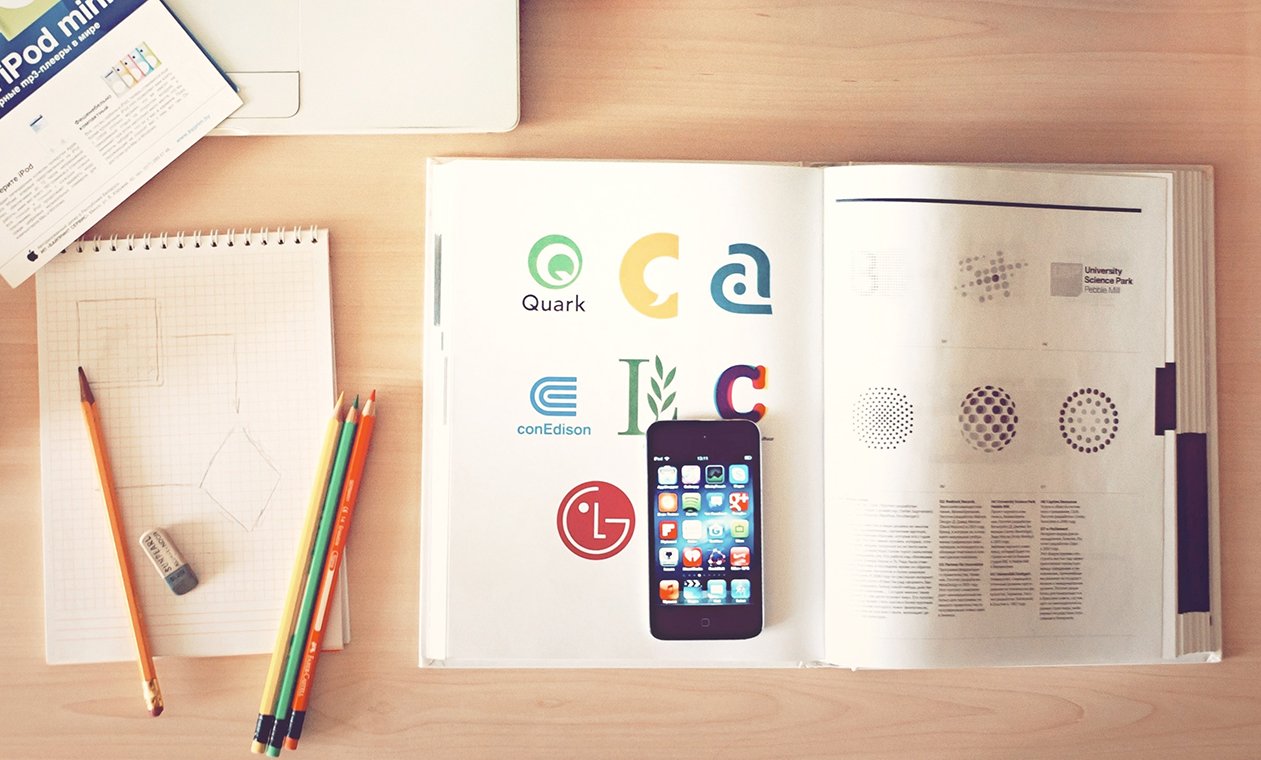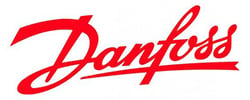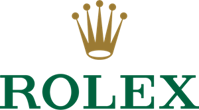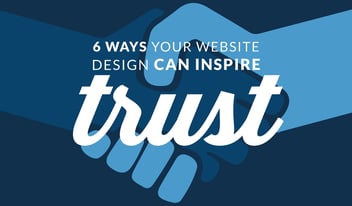
It’s the end of a long rebranding process, and your designer has presented three logo designs to you. They’re all great, but it’s hard to decide which one is right for your business. Your boss wants a professional logo that looks good on golf balls and t-shirts; you want a modern and edgy logo that stands out in the crowd; and your business demands a logo that can sell to your ideal clients. Does the perfect combination of all three exist? How do you decide which of these three priorities works best for your business?
Your Customers Define Your Brand
“There are plenty of advantages to having a perfect, great logo, but it’s not everything. It’s a piece. It’s an important piece. It’s a symbol of a lot of other things, and you have to align your symbol with what’s actually going on and show the company in its Sunday best, really. And not everyone can do that.”
—Marty Neumeier, “Using Strategy in Logo Design”
When branding your business, it’s important to keep in mind that your brand is not what you say it is; it’s what your customers say it is. For instance, Apple users like the Apple brand because it exudes a sense of luxury, reliability, and usability. What gives the Apple brand this image is its customers.
Your customers define your brand, and although a logo is just a very small part of a brand, it plays a big part in attracting ideal customers. What we buy says something about us, and picking one company over another is a matter of trust and instinct. Your mission statement can cover a lot of ground in convincing customers that your brand is trustworthy, but your mission statement isn’t going to be on billboards, in magazines, or in the corner of an ad; your logo is.
Objective Reality Meets Subjective Expectation
One of the main problems with corporate logo design, and design in general, is that art is subjective. Sure, you can choose a designer who aligns with your personal style, but what happens when that style isn’t what’s right for your product? How do you know which direction to go and whom to listen to?
Your logo has to appeal to your customers, not to you. Your job is to play matchmaker with your brand and your ideal customer. You can pick a gorgeously designed logo, but if your customers don’t think it’s for them, they won’t buy your product.
Since design is such an intangible and abstract concept, you have to allow your logo design to be objective in order to appeal to your ideal client. You can make abstract ideas concrete by asking questions and using descriptive words. Before meeting with your designer about a potential logo design, ask yourself the following questions:
- How would you describe your ideal customer?
- What is the voice of your company?
- What benefits would your customers receive if they choose your product?
- What separates you from your competitors?
- What is your business culture like?
Answering these questions in the first meeting is critical in defining the perfect logo for your business. A good designer will take the answers to these questions and narrow them down to the bare essentials: descriptive words. Take, for instance, this company’s answer to the first question:
- How would you describe your ideal customer?
My ideal customer is a wealthy man, 40–70 years old, who is looking for a high-end service. He is meticulous and wants the job done right, since he already knows how to do the job himself but doesn’t have the physical ability to do it. He lives in a residential area, his house is like a museum, and he’s used to luxury.
Now we pull out the most descriptive words:
- How would you describe your ideal customer?
My ideal customer is an older, wealthy man, 40–70 years old, who is looking for a high-end service. He is meticulous and wants the job done right, since he already knows how to do the job himself but doesn’t have the physical ability to do it. He lives in a residential area, his house is like a museum, and he’s used to luxury.
The words “older,” “wealthy,” “high-end,” “meticulous,” and “luxury” will be added to a list of words pulled from the rest of the company’s answers. After looking over the full list, the designer can pick out the 4–5 most descriptive words that they can use to create a logo. For instance, the words “older” and “meticulous” tell me the customer is looking for a company that can invoke a sense of deep-rooted loyalty, that they want someone who can do the job right and has done the job right for several years. Here are some examples of logos that hit that mark:



Moving Forward with the Right Logo
Let’s go back to the three logos that your designer presented to you. Unfortunately, you can’t satisfy you, your boss, and your business with only one logo. Instead of relying on subjective tastes, we need to redefine the parameters so that the logo represents your company and also sells to your ideal customer. If the first meeting between you and your designer goes right, the three logos they present to you should be pretty similar. After all, every logo presented should have the same end goal.
Is it okay to be subjective now that you have to choose between three similar logos? Not at all! Every part of a logo design process should remain objective and should keep the customer at the forefront of every decision.
In order to move forward, it might be a good idea to bring in a couple of your customers to make the decision for you. If they respond strongly to one of the logos and not the others, ask them why. Let’s say the majority of answers are “because it looks really fancy.” Does the word “fancy” line up with your mission statement? Is “fancy” your differentiator from other companies? If not, then it might be wise to go with one of the other logo designs or start over again.
A good logo design takes time, effort, and a lot of meetings to get right. A good designer asks the right questions in the first meeting, but at the end of the day, it’s the company’s decision which logo they go with. Understanding the process behind creating a logo is the first step in choosing the logo that’s right for your business.
For more information on logo design and branding, subscribe to our blog!


